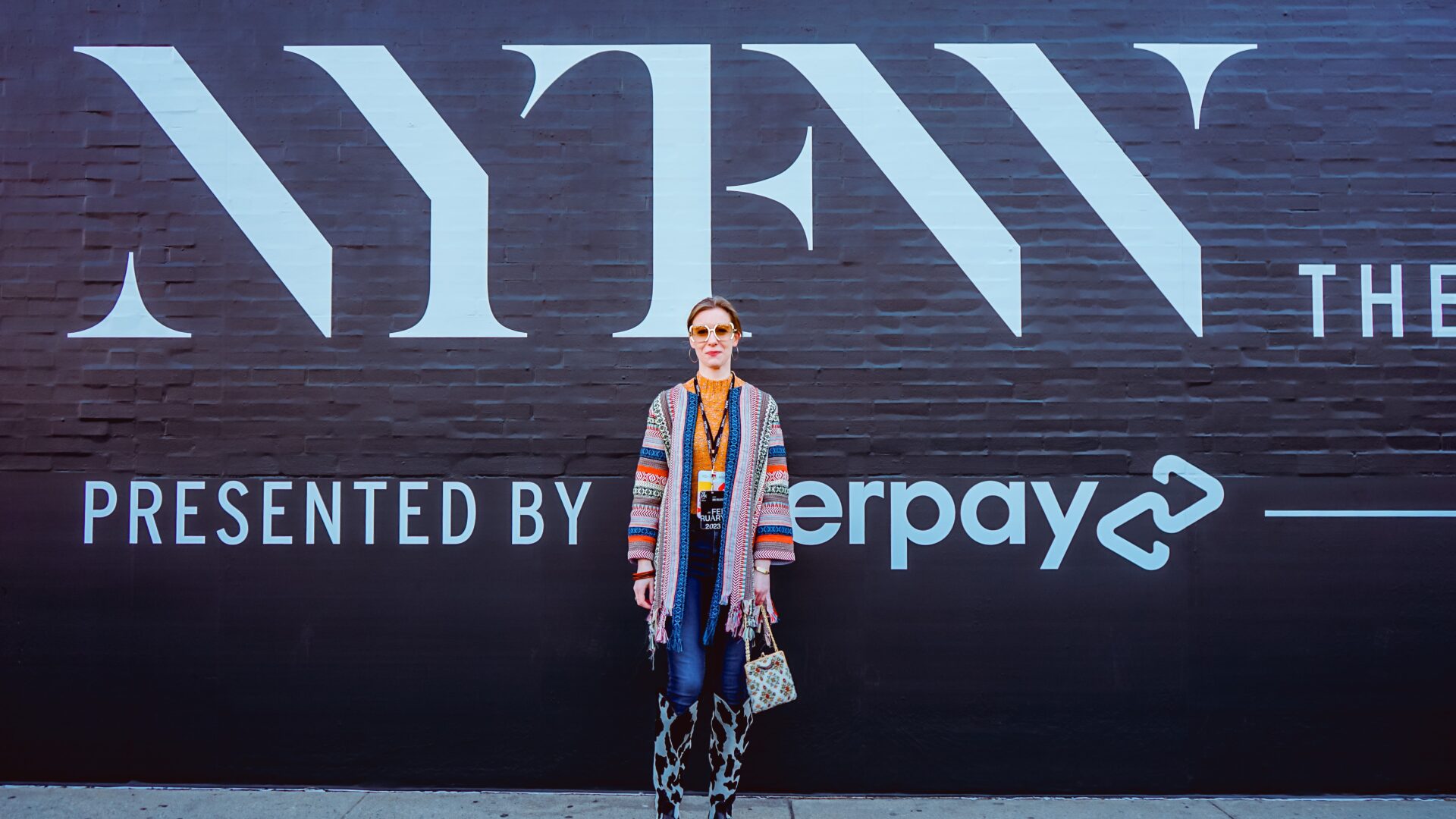Leading The Way to Sustainable Fashion
By Guest Columnist, Julia LeKander
The fashion industry is at war with itself. On one side is fast fashion; on the other is sustainability. A case of infinite trends versus one trend that is on the verge of becoming a necessity.
As a student at Western Michigan University, I’ve had the chance to lead the sustainability conversation on campus and beyond. While participating in WMU’s recent New York Fashion Week design competition, I created a sewing pattern for a wrap-skirt that connects sustainability to creativity and life on campus. My design won me the opportunity to represent WMU as a guest at New York Fashion Week this February, generating even more occasions to spread sustainability awareness within the industry. These articles tell the story. (My outfits are all secondhand and vintage, except for my WMU sweater, which is made from quality 100% cotton.)
WMU News Article: https://wmich.edu/news/2023/03/71033
WMU W Magazine Article: https://wmich.edu/news/2023/02/70891
The Major Offender: Fast Fashion
We all love a good deal and convenience, but when those two come together in the fashion industry, it’s usually in the form of fast fashion. These garments are produced in massive quantities, with poor construction quality and planned obsolescence. They last only a few washes before being discarded, which adds enormous amounts of unnecessary textile waste to landfills. From a style standpoint, fast fashion also lacks positive attributes. Cheap materials and manufacturing inevitably create an unprofessional look in the final product.
The Well-Disguised Offender: Greenwashing
Many companies claim to offer sustainable products, but few are investing in truly sustainable practices. Brands are skillfully positioning their marketing to appeal to sustainability. They may utilize misleading wording and other tactics to make unsuspecting customers believe that they are purchasing an eco-conscious product. For example, a retailer might put a tag on a shirt that says “I’m made of 100% recycled material.” The words might not be referring to the shirt, but to the tag itself. It’s important for us as consumers to be aware of greenwashing tactics in order to avoid them.
The Trend That Needs to Become a Standard: Sustainability
Sustainability has been gaining momentum in the fashion industry, but it’s vital that sustainable practices and standards be implemented throughout the garment production process if we want to see a positive impact on the world. Here are some ways you can create a more sustainable wardrobe and lead a sustainable life:
Wear what you already have. Chances are, you already have a closet full of clothes. Try to maximize your existing wardrobe, and look to accessories to extend your current outfits. You might be surprised with what you can create using what you already have.
Shop secondhand. The secondhand market has grown significantly over the past few years, especially with the introduction of online retailers. There’s something for everyone, from vintage finds to luxury labels, and this can be a great way to find good quality items at even better prices. It’s also easy to identify good quality when shopping for secondhand garments since they’ve likely been worn and laundered by the past owner. If the fabric is going to pill, shrink or bleed, it likely already has.
Shop local and small businesses. When shopping for new styles, try supporting local and small businesses. Even if the price is higher than you’d find elsewhere, the quality will likely be better and you’re supporting members of your community or skilled artisans.
Look for natural fibers. Because natural fibers are, well, natural, they’re the quickest to decompose once they find themselves in a landfill. This is a surprisingly important factor to consider. Synthetic fibers are essentially plastics, which don’t break down naturally and are contributors to the growing issue of microplastic pollution.
Be mindful and invest in quality. Every garment you purchase should be bought with intention and be something that will get plenty of wear. Investing in quality pieces, although they come with a higher initial cost, will result in a lower “cost-per-wear.” (E.g., if you purchase a coat for $30, and it lasts for 30 wears, the cost-per-wear is $1). A lower price doesn’t necessarily save you money in the long run.
As a consumer and a professional, part of your power and responsibility as a leader is to make changes in your life that will help save our environment. By doing this you’ll help others to develop their own sustainable wardrobes and shopping habits. Your individual decisions do make a difference in the grand scheme of things. The garment industry cannot operate in its current fashion for much longer, and the changes that need to be made start with you. By incorporating sustainable practices into your personal and professional wardrobes, you can become a leader for sustainable fashion.

Written By:
Julia LeKander
WMU Senior, Fashion Design Student

